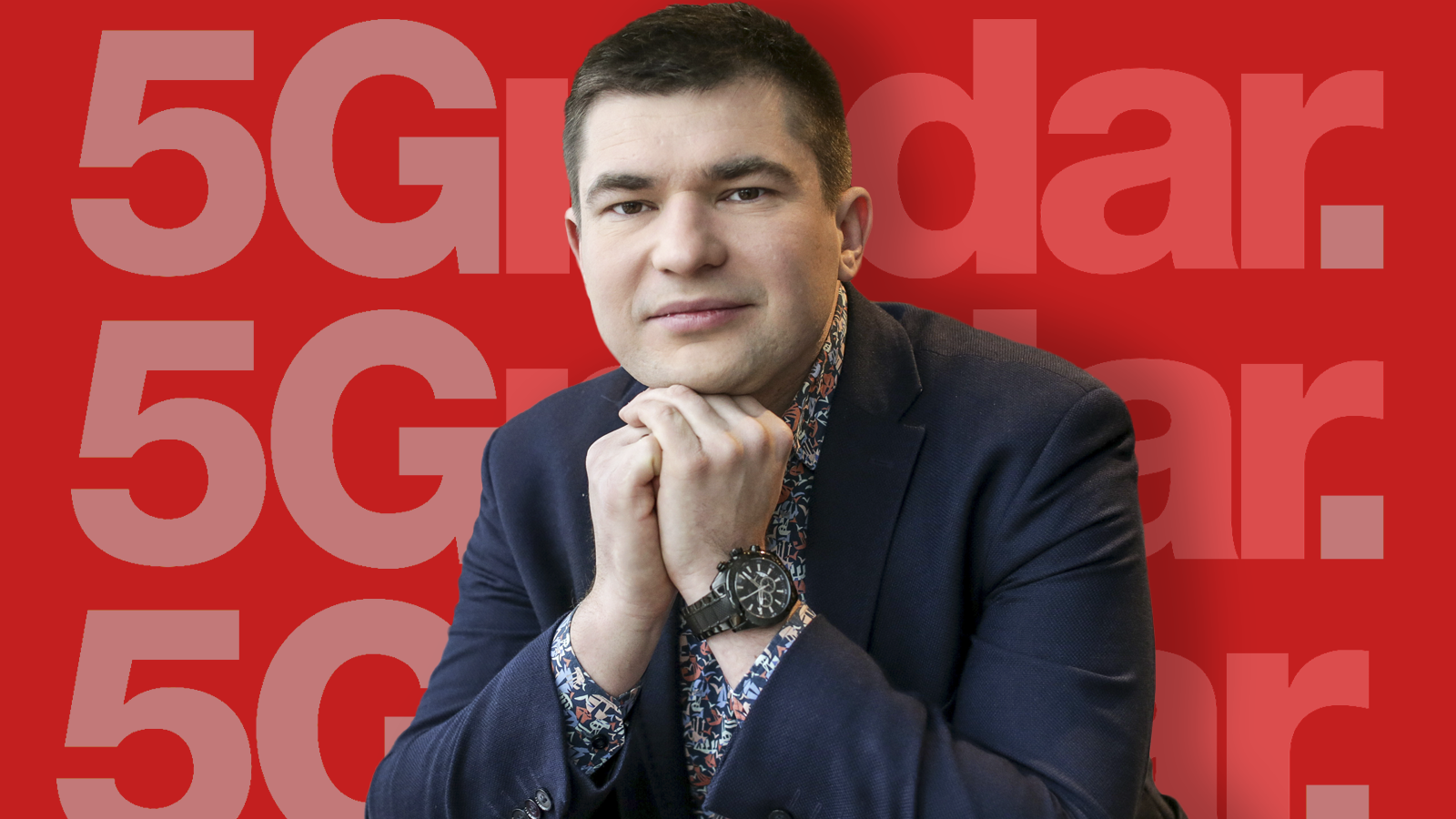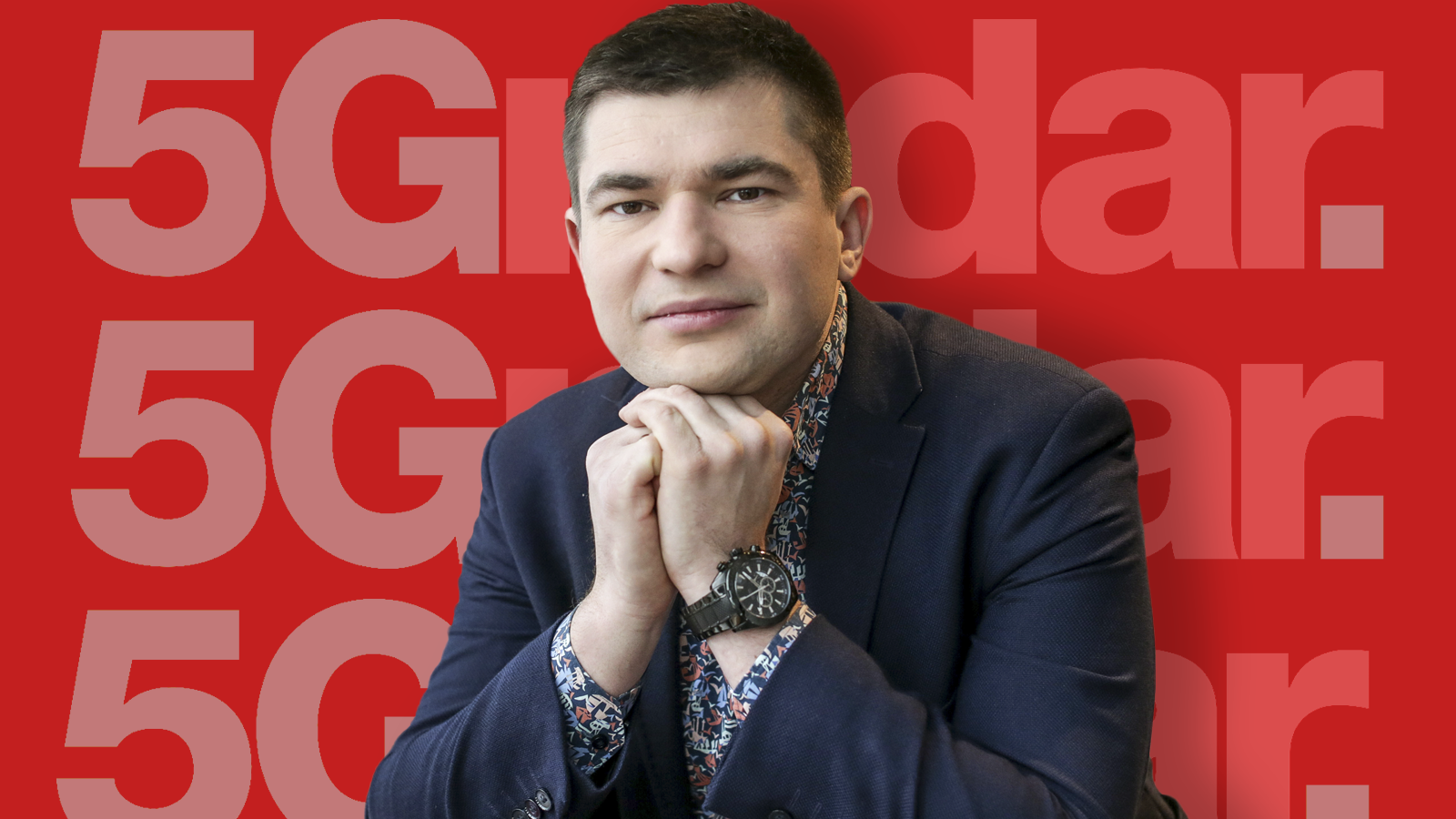How Open RAN and mmWave can shape the future of beyond-5G communications
Dawid Kuchta , co-founder and CEO at Microamp Solutions, on how OpenRAN and mmWave technology can shape the future of 5G and beyond.

As the global 5G rollout continues, telecom operators and technology firms are developing innovative technology that will propel them to the forefront of the 5G race. I think that the basis for further development of 5G networks is the use of mmWave technology with the Open RAN standard.
Currently our engineers are working on developing technology for radio heads operating in the millimeter wave (mmWave) frequency band. These devices Will transmit and receive the 5G mmWave signal, which enables the creation of the 5G and beyond-networks at the cost level that has been just unapproachable before and to build wireless networks more efficiently and more effectively.
Millimeter waves are expected to play a major role in the development of fifth-generation technology, due to their ability to achieve higher speeds and higher throughput. Digital revolution is about to come down, and the best proof of that was the Our recent announce that, We will have the first pilot deployment of radio heads operating in the mmWave band for 5G networks as early as next year, but do we reallt need mmWave technology?
Do we really need mmWave technology?
The number of users and devices consuming data is increasing exponentially, and wireless data traffic is projected to increase 10,000 fold within the next 20 years, with the number of users and devices consuming data will be about two billion. While, the radio spectrum frequency band available to telecom operators has not changed.
Each device is given a limited amount of bandwidth, which results in slower speeds and more frequent disconnections. Because of the increase in data demand, Sub-6 5G bandwidth in markets could potentially run out by 2023. One way to solve this problem is to use higher frequency bands to ensure better transmission parameters. The millimeter-wave (mmWave) band uses ultra-wide channels, making it particularly suited for multi- gigabit mobile communication systems. Moreover, It will also provide a greater capacity compared with sub 6GHz bands. According to a recent test performed by Qualcomm Technologies shown that connectivity speeds on commercial devices are now 16 times faster than 5G running exclusively in sub-6GHz frequencies.
New opportunities for 5G networks
Emerging technologies based on mmWave require extremely stable wireless data transmission with very high data rates, low and reliable latency, and higher capacities which can be achieved by local cellular networks, sometimes called ‘Private Networks’, with the ability to use 'Plug & Play' configuration. And our company is one of those currently trying to deploy small 5G networks that connect every set of devices, and transmit data wirelessly between them without any reasonable limitations in terms of data rate and latency. And the next step will be how we use 5G networks to enhance fledging technologies in order to automate business processes, decreasing the costs across numerous sectors.
The real digital revolution will touch every industry. We can start from retail, where hot-spot infrastructure based on our mmWave radio head can offer more seamless and personalized in-store experience. In Culture, connectivity-enabled innovations can make it possible to have a super smooth VR experience, one example being in museums, where you can make exhibits interactive, and bring picture scenes to life.
Get up to speed with 5G, and discover the latest deals, news, and insight!
For broadcasting, this technology means the ability to live stream in the highest quality 8K UHD, without lag, for the ultimate viewing experience. In healthcare, we also will notice the impact of this digital revolution. Envision this scenario: Hospitals where it’s possible to monitor patients remotely in real time use AI-powered tools for more precise diagnoses, and automation of the many processes that currently eat into a practitioner’s time. The rapid development of 5G mmWave technologies will enhance the automotive industry. Imagine the future of autonomous transportation, where vital information about possible road hazards will be instantly relayed to other users who can then react swiftly. This „Future” is closer than you think, companies such as Tesla and Toyota are already testing autonomous vehicles using 5G mmWave technology.
Open RAN delivers new possibilities
Millimeter wave 5G radio heads enable the implementation of a hotspot- driven 5G network infrastructure, which will create a simple 5G architecture compatible with Open RAN (O-RAN) standards. And the idea of an O-RAN network is gaining traction in the telecom industry, thanks to it being adaptable, profoundly versatile architecture, which allows mobile operators to implement RAN and edge networks using virtualized and decentralized components.
Recent analysis by Analysys Mason found that 82 per cent of communications service providers (CSPs) said that they are aiming to support open interfaces/multi-vendor RAN in their 5G networks. They believe that concept of an open and virtualized RAN will be critical over the next years. This dissemination of the OpenRAN standard will contribute to a significant liberalization of the previously closed market of mobile networks.
Open architectures enable network providers to choose who they choose to partner with for the different RAN functions. It provides operators with competition and versatility, as well as an appealing route to deploying best-of-breed technologies provided by many visionary RAN players, large and small. This implies a big challenge not only for main carriers and hardware vendors but also for regulators around the world to manage appropriate spectrum licensing. A wide range of solutions built on the basis of Open RAN will allow for faster and more cost-effective deployment of 5G networks, which draw on emergence of new operators, an investment boom, an increase in competition and a drop in prices, which will benefit consumers.
There is no doubt that the mmWave technology will be the catalyst for future beyond-5G networks, enabling a new era of digital transformation. Our mission is to accelerate innovation and commercialization in the RAN domain via mmWave Radio and Open RAN . Undoubtedly, these technologies will deliver a next-level performance and user experience beyond what is possible with traditional cellular networks.
Dawid Kuchta, is an entrepreneur, RF engineer, and co-founder and CEO at Microamp Solutions. Kuchta is interested in all aspects of new technologies and RF engineering that has the potential to impact people's lives. Currently, focused on deployment of 5G mmWave infrastructure, Kuchta has eight years of experience in the RF industry. He has worked for many commercial and military entities, developing and implementing cutting-edge RF systems. Author of several articles and conference presentations in the field of RF systems, in 2020 Kuchta was announced as a Founder of the Year Finalist at the Central European Startup Award.

